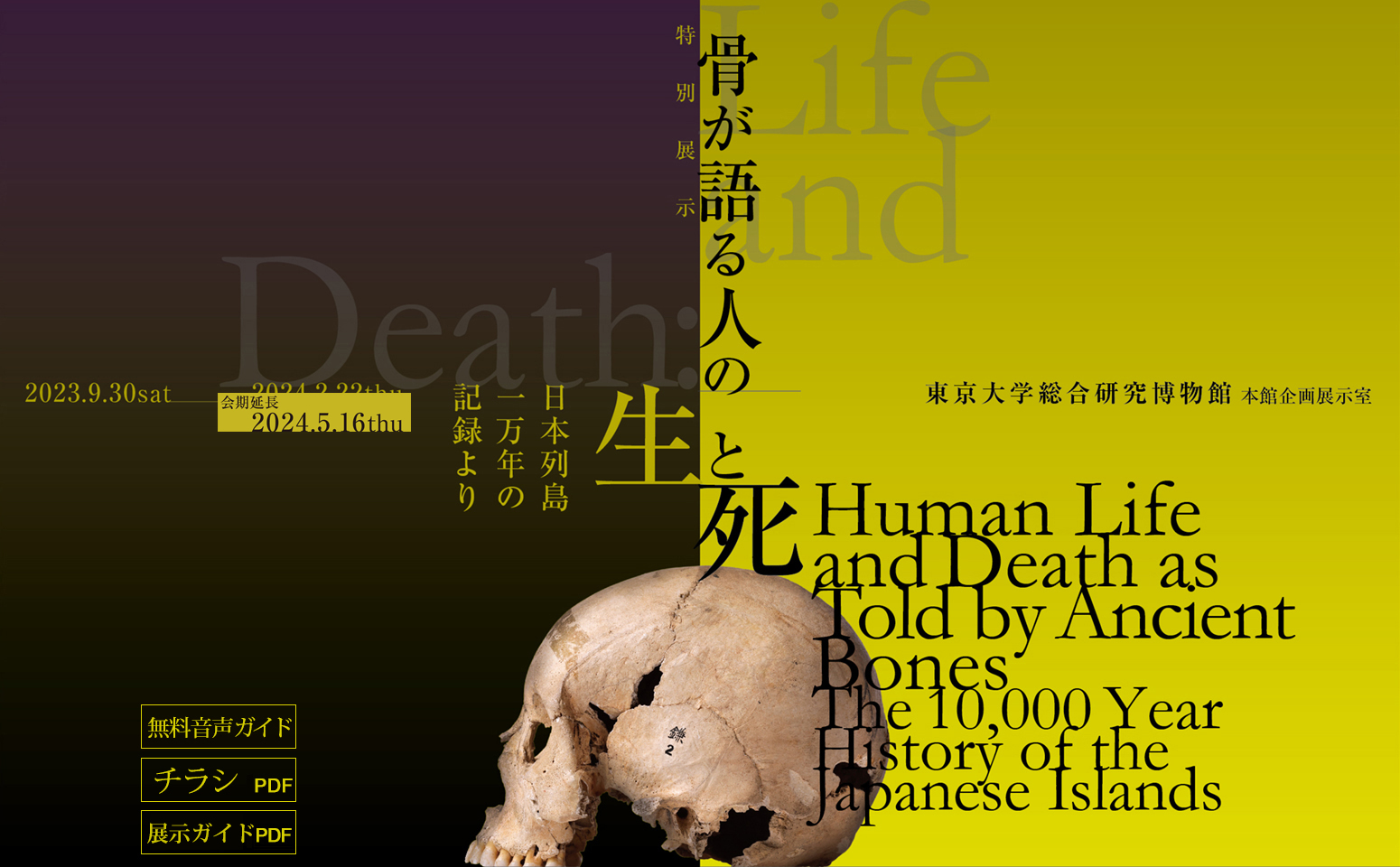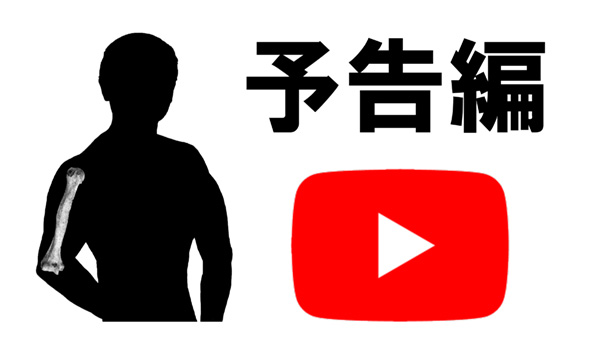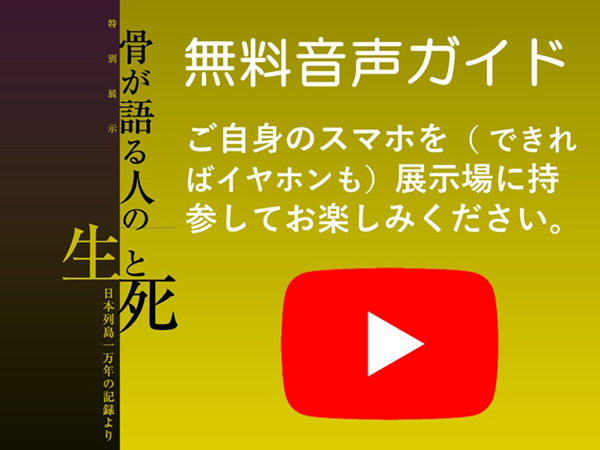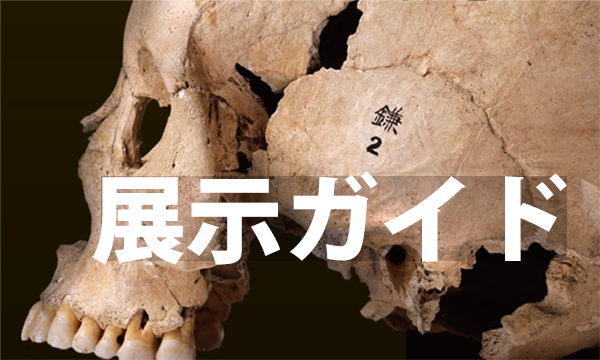

Special Exhibition
Human Life and Death as Told by Ancient Bones:
The 10,000 Year History of the Japanese Islands
This exhibition explores the true pictures of our ancestors as revealed by bones excavated from archaeological sites. Many of the materials are on display for the first time, and the exhibition space has been carefully designed. We hope that this new "encounter" will provide visitors with an opportunity to experience the people’s lifestyles and ways of thinking, which were so diverse even within the archipelago, and to consider the essence of human diversity.
Preview ( in Japanese )@@Voice Guide ( in Japanese )@@@Exhibition Guide ( in Japanese )
Period : 2023.09.30-2024.05.16
Opening days : see the opening calendar
Opening hours : 10:00-17:00 (last admission : 16:30)
Venue : Hongo Main Museum, The University Museum, The University of Tokyo (UMUT)
Location : 7-3-1 Hongo Bunkyo-ku, Tokyo, Japan
Access : 6 minutes on foot from Hongo-sanchome station of the subway Marunouchi line
3 minutes on foot from Hongo-sanchome station of the subway Oedo line
Map : http://www.um.u-tokyo.ac.jp/information/map_en.html
Admission : Free of charge
Exhibition flyer (in Japanese): http://www.um.u-tokyo.ac.jp/exhibition/2023life_and_death_flyer.pdf
Exhibition guide (in Japanese): http://www.um.u-tokyo.ac.jp/exhibition/2023life_and_death_guide.pdf
<Videos>
Scheduled to be distributed on the official channel of UMUT
Contents
Part IFLife as Told by Bones
The most muscular man in Japanese history / Among the muscular Jomon people, there was a particularly sturdy group / Life in the Jomon period as revealed by bones / With serious injuries / The Jomon people, with their chiseled faces, had well-aligned teeth / The eccentric designers had strange habits / How frequent were violent behaviors during the seemingly peaceful Jomon period with no evidence of war? / In the middle of a turbulent society 1) Arrival of immigrant groups (Yayoi period) / In the middle of a turbulent society 2) Changing facial appearance (Kofun/Asuka/Nara periods) / Kamakura period person with a long head and bucktooth but less misaligned teeth / Longevity, small face, malaligned teeth and short stature, associated with social enrichment (Edo period)
Part IIFDeath as Told by Bones
Banjo-Shukotsu So (Jomon period) / Haioku Bo (Jomon period) / Taninzu-Shukotsu So & dog burial (Jomon period) / Oketsu Bo (Kofun/Asuka/Nara periods) / Why there are no human skeletal remains? (Nara/Heian periods) / Emergence of public cemeteries and war victims (Kamakura period) / The Coming of an Era in which Everyone is Buried in Cemeteries (Edo period)
Part IIIFStruggles with Disease
Cancer / Tuberculosis / Syphilis
Hosted by The University Museum, The University of Tokyo (UMUT)
Planning / Yousuke Kaifu (Professor, UMUT)
Floor design / Tsuneo Ko (Project Professor, UMUT)
Graphic design / Hiroyuki Sekioka (Project Associate Professor, UMUT)
Video production / Fumio Matsumoto (Project Professor, UMUT)
Thanks to
National Museum of Nature and Science, Tokyo; Fukushima Museum; Kamakura City Board of Education; Tahara Municipal Museum; Mitaka City Board of Education; Kanagwa Prefectural Museum of Cultural History; Keian Temple; Osamu Kondo; Kazuhiro Sakaue; Katherine Hampson; Rikiya Hirano; Marimo Minagawa; Kai Nakamura; Kuranosuke Takagi; Kenshin Nakamura; Yuri Honma; Ayana Chida; Rion Araki; Saki Ishibashi; Miki Otsuru; Hana Matsuo


